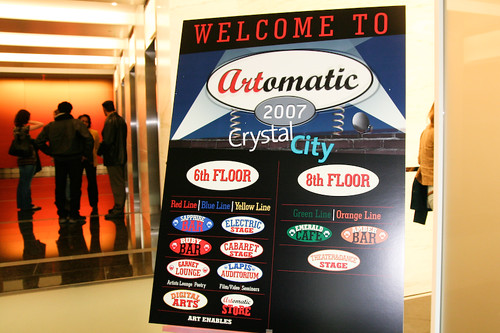InternetDay.com, April 1, 2002
“In the dizzying world of moviemaking, we must not be distracted from one fundamental concept: the idea is king.”
–Jeffrey Katzenberg
I can hear the protests already. Creating a web site is not like creating a movie, we don’t need to go “high concept” or any of that other Hollywood marketing fluff. We will build the web site, its value will be obvious, and it will sell itself to the appropriate audience. End of story. FADE OUT.
Wrong.
Every year, around 300 movies get released into the crowded multiplexes of America. And they get encapsulated in a sentence or two to make it easier for moviegoers to find what they want.
Every year, thousands of web sites get launched into the disorderly, low-barrier world of the web. How will your site stand a chance among all these competitors for your customers’ most valuable asset, their time? How will you differentiate your site among this cacophony?
Just like a movie, you better be able to explain the purpose of your site in a sentence. For those who wish to look down on Tinseltown, you may refer to it as your “elevator speech.” If you can’t explain your site in 15 seconds to a customer, how are you going to get him to visit your site?
Unfortunately, web development frequently begins with only the vaguest notions of what a site should be about.
FADE IN
INT. CEO’S OFFICE
The CEO of Widgets, Inc., has ordered the construction of a new web site. It’s going to be filled with all sorts of fancy bells and whistles to impress his buddies at the country club. The MARKETING DIRECTOR is nervous.
CEO
And I want Java. I read about that.
MARKETING DIRECTOR
I’ll get the techies to work on it. But, sir, who’s this site going to be for?
CEO
Me.
MARKETING DIRECTOR
Well, yes, you, obviously. But who is the audience? Customers? Investors? The press? What are we trying to do here? Before we start spending money, shouldn’t we figure that out?
CEO
All of the above. And everything. Now get out.
INT. CEO’S OFFICE
6 MONTHS LATER
The new web site for Widgets, Inc., has been launched to crushing silence. It’s another bland, corporate web site.
CEO
Can you explain to me why we have no traffic?
MARKETING DIRECTOR
I’ve thought about that, sir. And I think it’s because our web site has no identity. Our press releases, brochures, banner ads, and emails just talked about the “online home of Widgets, Inc.” They provided no compelling reason for anyone to visit.
CEO
You better have a plan.
MARKETING DIRECTOR
The most popular feature on the site is designing your own widgets.
CEO
It’s also the most profitable.
MARKETING DIRECTOR
I propose rebranding the site to appeal to customers, highlighting our widget customization feature. Our logline will be, “Widgets lovers, design widgets in seconds at the Widgets web site!”
CEO
Why didn’t you think of that in the first place?
FADE OUT
A good log line will help you focus your site around a single organizing principle. For example, eBay is “The World’s Online Marketplace.” Clickz.com provides news and viewpoints from the Internet marketing and advertising industry. The Onion is America’s Finest News Source. All these sites concentrate on one big idea which they do well.
Here’s a tool to help you get started.
Sample web site:
url: where’s the site going to be located?
title: what are you calling your site?
logline: what’s the elevator speech for the site?
audience: who’s the audience?
Think this is simplistic? It is, and necessarily so. Oftentimes, like in the example above, web sites get built with many different consituencies in mind and with many different purposes. The result is design by committee and a web site that pleases no one, especially visitors.
Creating a good log line is just the first step in marketing your web site. This first step is also the most important one. Taking the time to think about the unique benefits of your site will help focus the work of your web team on delivering a quality, unique site. It will also make later marketing efforts considerably easier and more effective.

